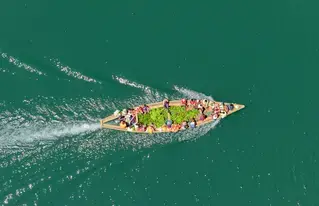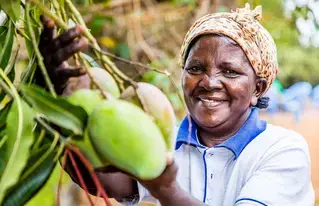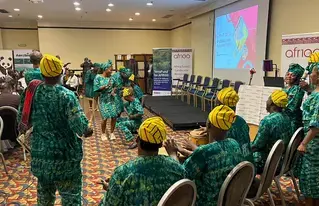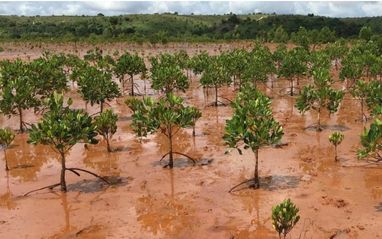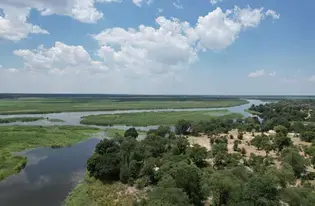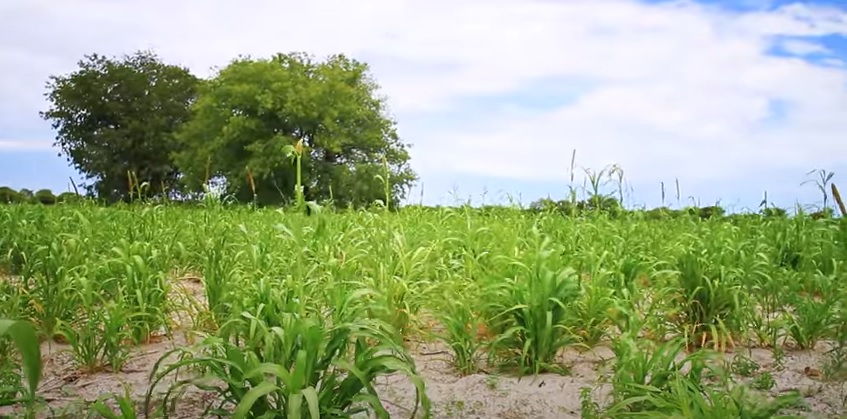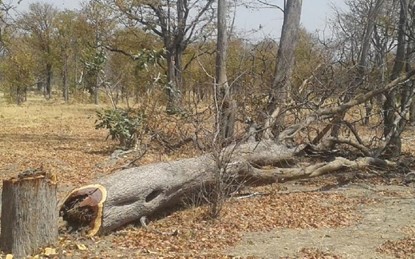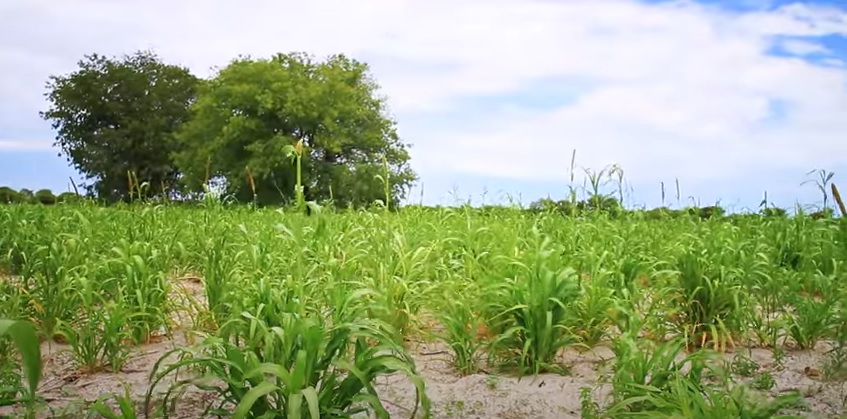Boisement et reboisement
La plupart des forêts de Namibie sont des forêts dites sèches - des forêts ouvertes avec peu d'arbres et d'arbustes, et souvent beaucoup d'herbe et le climat principalement sec de la Namibie, les forêts tropicales denses sont rares dans le pays. La Namibie a lancé un programme de plantation d'arbres pour établir des arbres et des forêts là où il n'y en avait jamais eu auparavant, tout en reconstituant les terres forestières où la plupart des arbres ont été abattus. Le boisement et le reboisement sont si importants parce que le changement climatique et la croissance démographique sont une préoccupation croissante en Namibie avec un climat plus sec et plus chaud affectant la santé des forêts et d'autre part augmentant l'importance de maintenir les forêts en tant que puits de carbone. Les arbres en Namibie fournissent un approvisionnement constant en produits forestiers, fournissant à la communauté du fourrage, des fruits, du bois de chauffage et d'autres ressources précieuses nécessaires aux humains. Ils empêchent l'érosion du sol car les arbres agissent comme des barrières contre le vent, affaiblissant ainsi la force du vent et réduisant son impact et sa capacité à transporter de grosses particules de sol.

